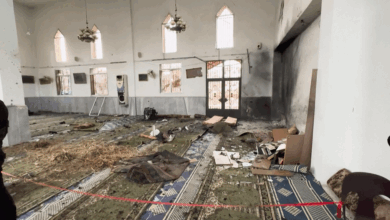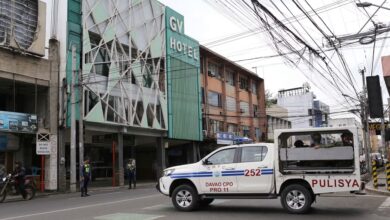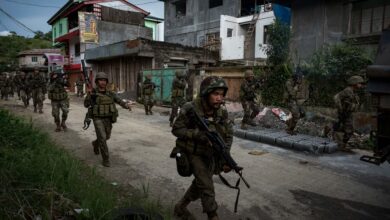Kabul– Afghanistan on Monday announced a ban on news coverage showing Taliban attacks, saying such images embolden the Islamist militants, who have launched strikes around the country as NATO forces seize their southern strongholds.
The announcement came on a day when the NATO-led International Security Assistance Force (ISAF) fighting the Taliban reported six of its service members had been killed in various attacks.
Journalists will be allowed to film only the aftermath of attacks, when given permission by the National Directorate of Security (NDS) spy agency, the agency said. Journalists who film while attacks are under way will be held and their gear seized.
"Live coverage does not benefit the government, but benefits the enemies of Afghanistan," NDS spokesman Saeed Ansari said. The agency summoned a group of reporters to announce the ban.
The move was denounced by Afghan journalism and rights groups, which said it would deprive the public of vital information about the security situation during attacks.
"Such a decision prevents the public from receiving accurate information on any occurrence," said Abdul Hameed Mubarez head of the Afghan National Media Union, a group set up to protect Afghan journalists, who often complain of harassment by authorities.
"The government should not hide their inabilities by barring media from covering incidents," said Laila Noori, who monitors media issues for Afghanistan Rights Monitor, the country’s main liberties watchdog. "People want to know all the facts on the ground whenever security incidents take place."
The Afghan government banned reporting violence for a single day during a presidential election last year, but otherwise had not had formal restrictions on filming security incidents. However, journalists have occasionally been beaten by security forces while filming at the scene of incidents in the past.
Suicide Bomber
Two blasts hours apart on Monday killed at least six people in the southern city of Kandahar, birthplace of the Taliban whose fighters are being targeted in a renewed push by NATO-led troops.
One ISAF member was killed in one of the Kandahar strikes. In various attacks in the country, five other ISAF service members were also killed, the force said.
NATO-led troops launched an offensive last month to drive the Taliban out of their strongholds as part of a plan to hand control of the country to Afghan forces before a planned US troop drawdown that would begin in July 2011.
US General Stanley McChrystal, the ISAF commander, visited Marjah in Helmand province, the town seized by US Marines in the offensive, one of the biggest operations of the eight-year-old war.
He was joined by Afghan Vice President Karim Khalili and Helmand Governor Gulab Mangal, who met hundreds of local residents at a "shura," or traditional council meeting.
"The most important thing is to bring peace and stability to the people in Afghanistan. This is our priority. This is a promise," Khalili told the gathering. But not all were impressed.
"You promised not to use big weapons. Why was my house destroyed?" asked Abdul Kader, a white-bearded village elder.
McChrystal told reporters the goal was to build a government in the area that villagers would embrace: "In the near term, they have to feel represented, they have to feel it’s fair."
There could be 200-300 fighters left in the town "who were Taliban two weeks ago," McChrystal said. "Now, whether they still are is a personal choice for each of them. Some may become sleeper cells waiting for someone to tell them what to do. Some may just put the gun away and see what’s going to happen."
Fighters have responded with attacks in other parts of the country, using roadside bombs and suicide attacks.
In the past week, the Taliban have carried out four big attacks killing at least 29 people and wounding scores more.
On Friday, two suicide blasts and a two-hour shootout between Afghan forces and the Taliban rocked the capital Kabul, killing 16 people and wounding 37. Among those killed were Indian government employees and an Italian diplomat.
In Monday’s first blast, a suicide bomber blew up a car as NATO-led troops passed in convoy on a road several miles from Kandahar airport, a key NATO base. Mohammad Ibrahim, a doctor in a Kandahar hospital, said four civilians were killed.
A NATO helicopter evacuated the wounded, and a bridge close by was badly damaged, a Reuters journalist said.
Hours later, a car packed with explosives blew up outside Kandahar’s main police station, killing a police officer and wounding 16 people.




